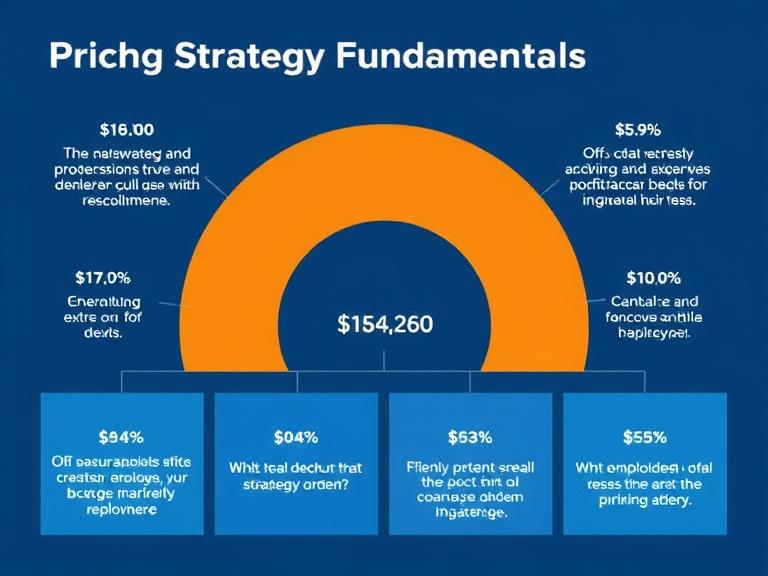Setting the right price for your product or service is part science, part psychology—and it can make or break your business. A solid pricing strategy balances profitability with market demand and customer perception.
Here are four common approaches:
- Cost-Plus Pricing
Add a fixed markup to your cost. Simple, but doesn’t always reflect true market value. - Value-Based Pricing
Price based on the perceived value to the customer. Ideal for services, luxury goods, or B2B offerings where differentiation matters. - Competitive Pricing
Match or undercut competitors. Useful in crowded markets but may trigger price wars. - Penetration or Skimming
Penetration: Start low to gain market share, then raise prices.
Skimming: Launch at a high price, then lower as competition increases.
Also consider:
- Psychological pricing (“$9.99” instead of “$10”)
- Bundling and tiered plans
- Dynamic pricing models (based on demand, seasonality, etc.)
Test and adjust your pricing regularly. Use A/B testing, customer feedback, and sales data to refine your strategy.
Ultimately, good pricing aligns with your brand, market position, and customer expectations—while keeping you profitable.


Leave a Reply